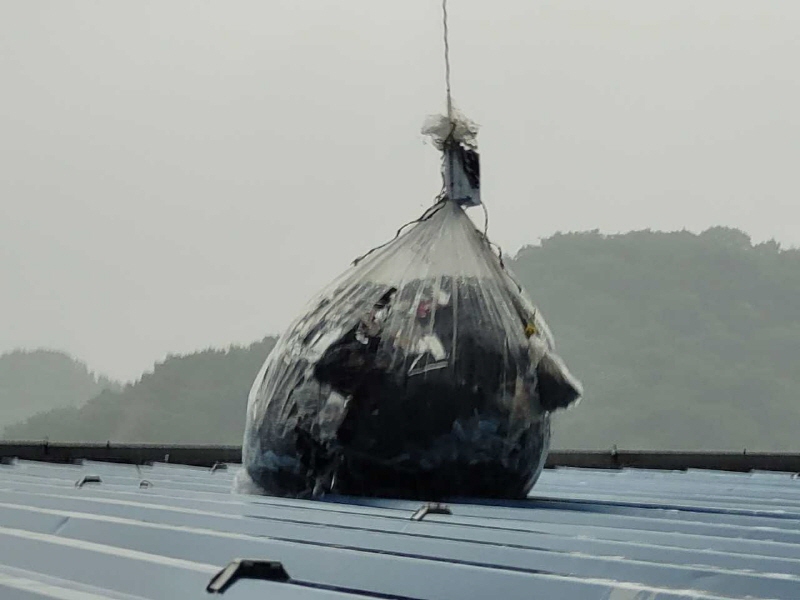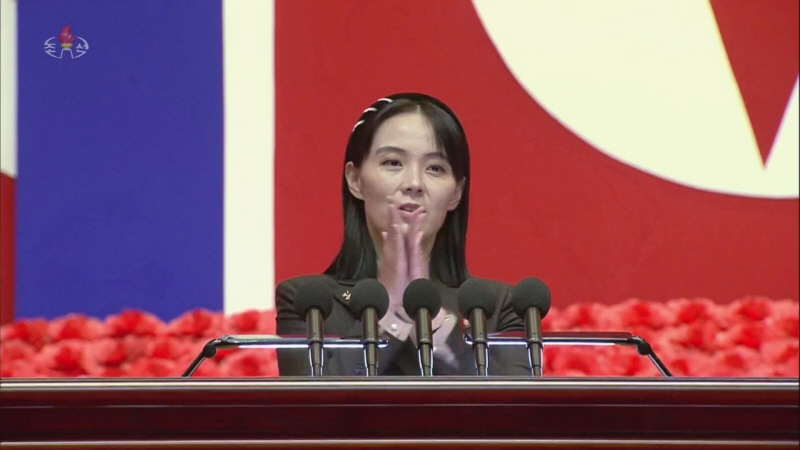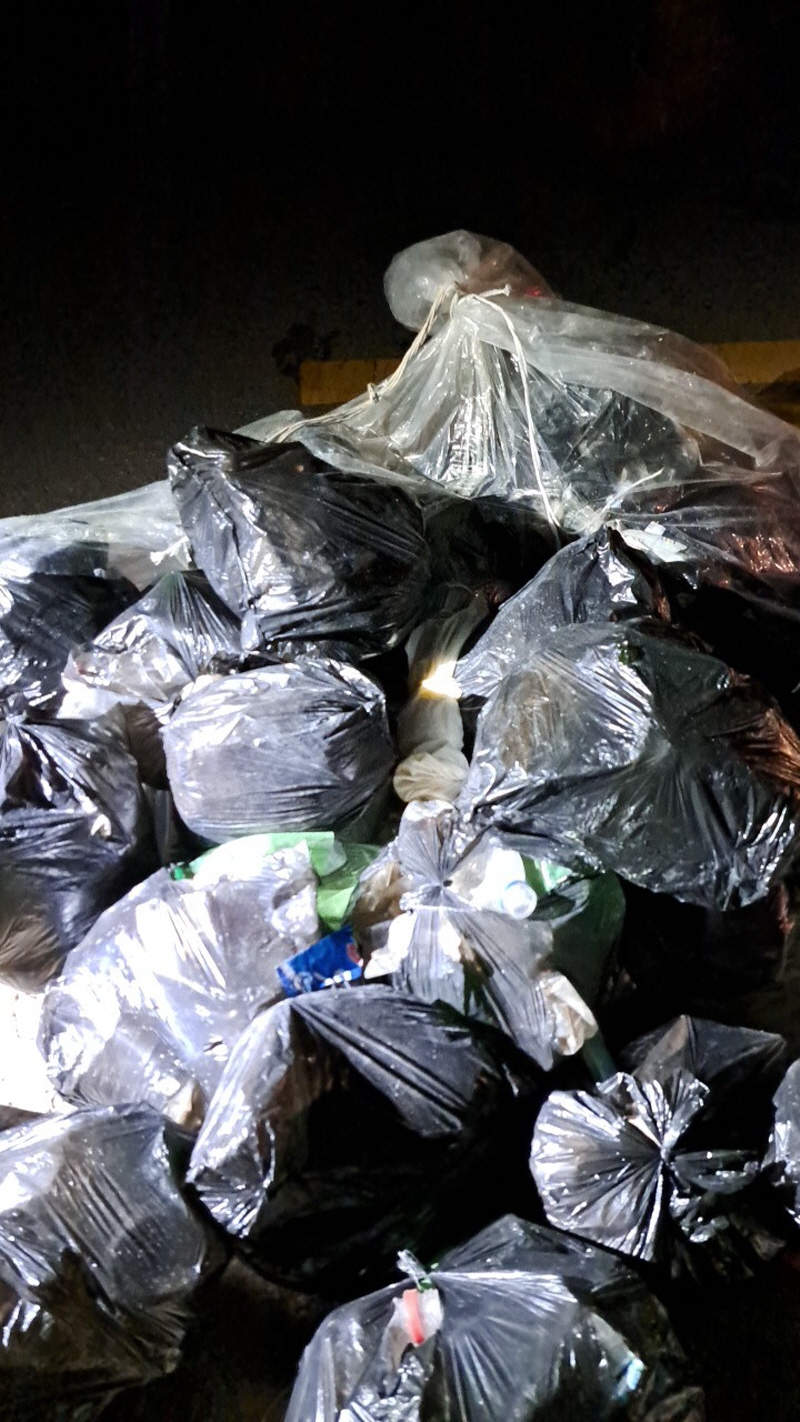In response to the ongoing debate in South Korea over potential military strikes on the origin points of North Korean trash balloons, the United Nations Command (UNC) stated on September 26 that it is “encouraging dialogue to reduce risks” between the two sides.
The UNC made this remark in response to an inquiry by the JoongAng Ilbo, a leading Korean newspaper affiliated with the Korea Daily, regarding North Korea’s balloon launches and the South Korean Joint Chiefs of Staff’s recent mention of “resolute military action” on September 23.
The UNC emphasized that it remains committed to upholding the Armistice Agreement and fostering opportunities for dialogue aimed at risk reduction and tension de-escalation. “The UNC is working to ensure peace and security on the Korean Peninsula,” it added.

The UNC, as the managing authority of the Armistice Agreement, which prohibits hostile acts in the Demilitarized Zone (DMZ), typically refrains from issuing political statements. However, its mention of “risk reduction” may be seen as an indirect expression of concern over both North Korea’s actions and South Korea’s potential military response.
Since North Korea launched its first balloon loaded with trash on May 28, it has continued its campaign for four consecutive months, including 10 balloon launches just this month. Simultaneously, North Korea has conducted two short-range ballistic missile tests on September 12 and 18. Despite South Korea’s reintroduction of loudspeaker broadcasts aimed at the North—a tactic that targets the regime’s vulnerability—North Korea shows no signs of stopping its provocations.
Analysts suggest that North Korea’s leadership is increasingly concerned about the regime’s stability due to the anti-North Korean leaflets and broadcasts. Kim Yo-jong, the sister of North Korean leader Kim Jong-un, has publicly condemned these efforts at least five times since May, referring to the leaflets as “filthy political propaganda” and warning of inevitable countermeasures should the leaflet campaigns continue.

Despite the regime’s threats, North Korea has yet to alter its strategy, continuing to launch trash-laden balloons even as its effectiveness diminishes. Observers speculate that the North may be hesitant to escalate further for fear of provoking a strong military response from the South.
In recent weeks, North Korean authorities have continued launching balloons towards South Korea, disregarding wind conditions. This suggests an increasing difficulty in executing provocations as ordered by the country’s leadership, which has reportedly instructed its forces to “exhaust the South Koreans.”
However, unlike South Korea’s loudspeaker broadcasts, which only require equipment, North Korean soldiers must manually release the balloons—an effort seen as unsustainable in the long term, especially with the North facing severe material shortages. As a result, the regime has resorted to using makeshift trash to create the balloons.
The ongoing loudspeaker broadcasts have become a challenge for North Korea, particularly as Millennial and Generation Z soldiers in the North, numbering in the thousands, are exposed to the broadcasts while engaged in tasks such as mine-laying and land clearing near the DMZ.
According to Radio Free Asia (RFA), Japanese expert Makino Yoshihiro from Hiroshima University noted that these young North Korean soldiers may hold differing views on the regime, adding that Kim Jong-un likely considers the possibility of a rebellion from this generation.
North Korea has not reported the balloon operations through its domestic media, Rodong Sinmun, indicating that the regime prefers to keep these activities under wraps for its population. Nonetheless, Hong Min, a senior researcher at the Korea Institute for National Unification, expressed concern, stating, “Despite the difficulties, the balloon launches serve as a subtle yet direct provocation aimed at unsettling the South Korean public, which the regime is determined to continue.”
The South Korean military has chosen a measured response, opting for the “collect and discard” approach since the beginning of the balloon crisis. The military has avoided shooting down the balloons, wary of escalating the situation and providing North Korea with a pretext for more significant provocations.

Instead, in June, South Korea resumed artillery drills near the Northern Limit Line (NLL) and brigade-level maneuvers within 5 kilometers (approximately 3.1 miles) of the DMZ, following a decision to suspend the 919 Inter-Korean Military Agreement in response to North Korea’s provocations, including balloon launches, ballistic missile tests, and GPS jamming.
Internally, South Korean forces feel that the balloon crisis has provided an opportunity to lift some restrictions imposed by the previous administration, allowing for military training and psychological operations previously constrained.
However, if the balloon situation persists, the South Korean government may need to consider domestic public opinion. Regular balloon launches could heighten public anxiety, and there is growing concern about the impact of North Korean propaganda broadcasts on residents near the border. In Incheon’s Ganghwa County, complaints have already been raised about the noise from North Korea’s broadcasts.
On September 23, several trash-filled balloons passed over the Yongsan Presidential Office in Seoul. In response, the South Korean Joint Chief of Staff issued a statement resembling a public declaration, condemning the balloons as “disgraceful and petty acts” designed to sow division and create discomfort among South Koreans.
While some have called for the military to physically intercept the balloons, the JCS warned that such actions could lead to greater safety risks, though it also assured that “firm military measures” would be taken if the provocations crossed a certain line.
The lack of mention of the JCS statement in North Korean broadcasts suggests that the message was more directed toward the South Korean public than as a direct warning to Pyongyang.
Professor Park Won-gon from Ewha Womans University noted that North Korea might ramp up provocations aimed at driving a wedge between South Korea and the U.S. as the American presidential election approaches, as such hybrid attacks tend to have a more immediate impact on Seoul than Washington.
BY YUJUNG LEE, YOUNGNAM KIM [uuu@joongang.co.kr]




